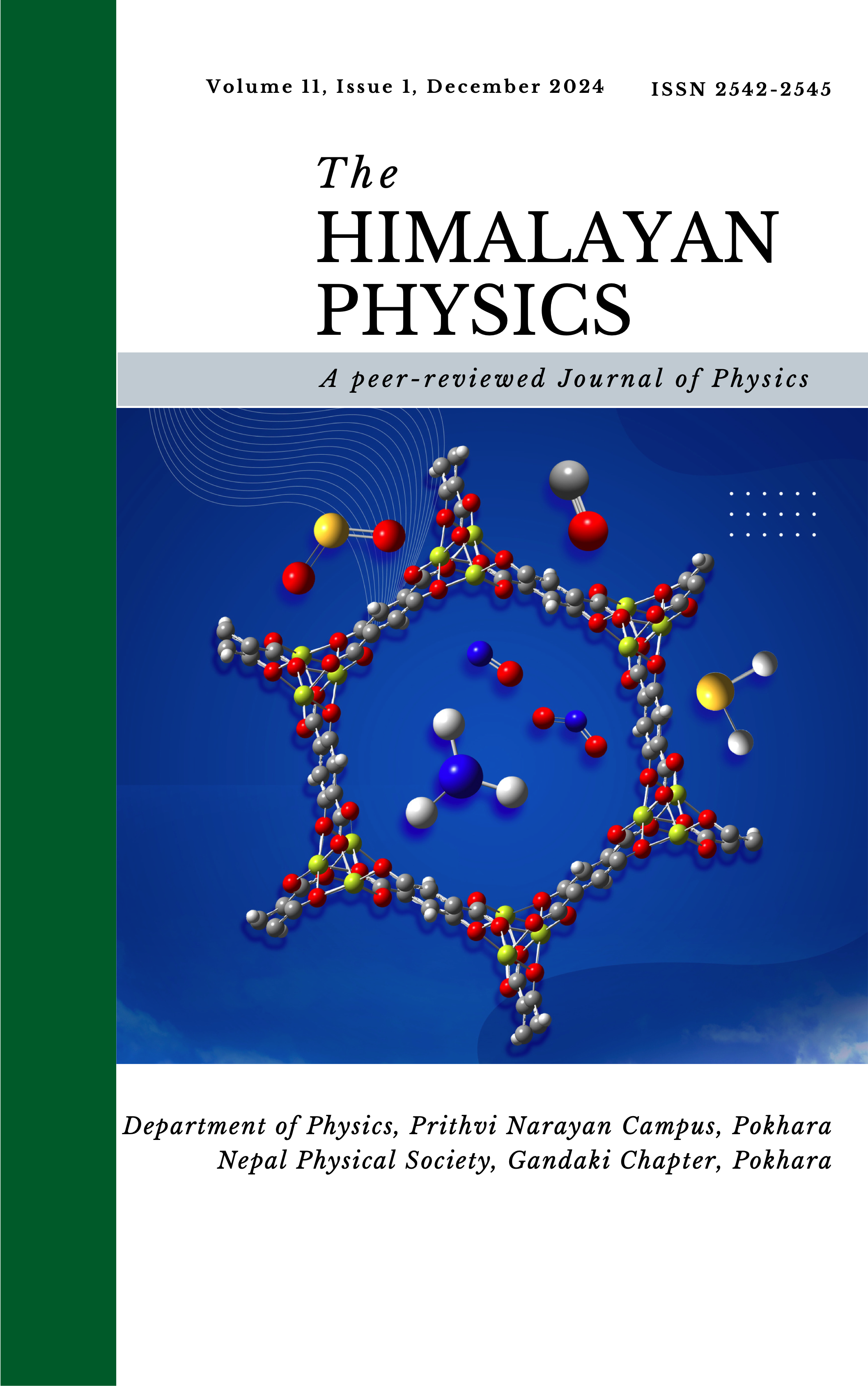Stern-Gerlach centennial: Parity, gradient effect, and an analogy with the Higgs field
DOI:
https://doi.org/10.3126/hp.v11i1.66156Abstract
In this article, which celebrates 100 years of the Stern-Gerlach experiment, we identify and discuss some limitations of the mathematical field we intend to represent as the Stern-Gerlach magnetic field. We extend some recent theoretical results concerning Stern-Gerlach eigenenergies, where what we call “the gradient effect” manifests itself: the contribution of the magnetic field gradient to the self-energies. Finally, based on an analogy with the Stern-Gerlach effect, we visualized that the Higgs field must be homogeneous in its minimum energy configuration within the context of the Higgs mass generation mechanism.
Downloads
Downloads
Published
How to Cite
Issue
Section
License
Copyright (c) 2024 Himalayan Physics

This work is licensed under a Creative Commons Attribution-NonCommercial 4.0 International License.
This license enables reusers to distribute, remix, adapt, and build upon the material in any medium or format for noncommercial purposes only, and only so long as attribution is given to the creator. If you remix, adapt, or build upon the material, you must license the modified material under identical terms.




